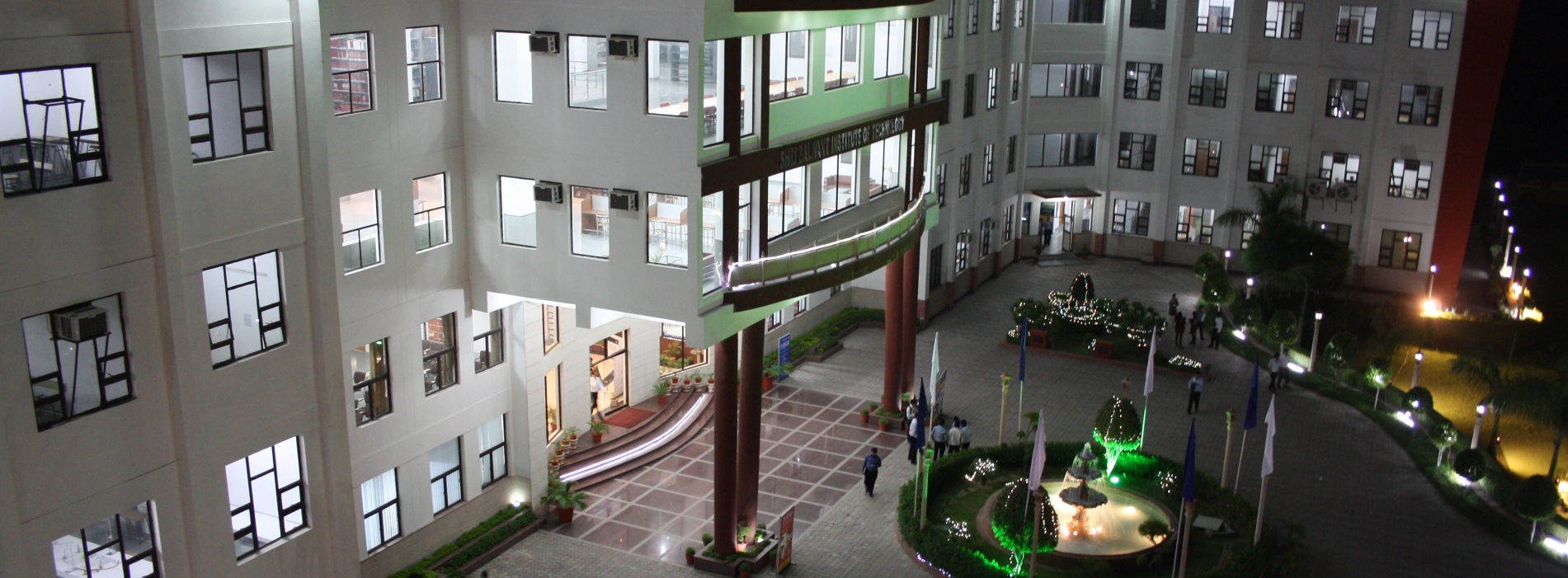At SBIT we believe that state-of-the-art infrastructure and human capital provides the right academic ambience for nurturing the talent of each and every individual .
A good infrastructure at a college is essential for creating an environment conducive to learning, research, and overall well-being of students. A well-designed and maintained infrastructure can positively impact the college experience. Here are some key components of a infrastructure at SBIT:
- Modern Classrooms:
- Equipped with audio-visual aids and comfortable seating, modern classrooms facilitate effective teaching and learning.
- Laboratories and Workspaces:
- Well-equipped laboratories for science, engineering, and other disciplines, as well as dedicated workspaces for projects and research, enhance hands-on learning experiences.
- Library Resources:
- A well-stocked library with a diverse collection of books, journals, and digital resources supports research and provides students with access to a broad range of academic materials.
- Technology Infrastructure:
- High-speed internet, Wi-Fi connectivity, computer labs, and access to relevant software and technology contribute to a technologically advanced learning environment.
- Auditoriums and Lecture Halls:
- Spacious auditoriums and lecture halls with modern audio-visual equipment facilitate large-scale presentations, seminars, and events.
- Sports Facilities:
- Playgrounds, indoor sports facilities, and gymnasiums promote physical well-being and provide opportunities for recreational activities and competitive sports.
- Residential Facilities:
- Comfortable and secure residential facilities (hostels) contribute to a positive living environment for students, promoting community and collaboration.
- Cafeterias and Dining Halls:
- Clean and well-maintained cafeterias and dining halls provide nutritious food options, creating a conducive space for students to socialize and relax.
- Gymnasium:
- On-campus gymnasium, counseling services, and fitness programs support students’ physical and mental well-being.
- Research Centers:
- Specialized research centers equipped with state-of-the-art tools and equipment encourage faculty and student research initiatives.
- Green Spaces:
- Well-maintained green spaces and outdoor areas provide a pleasant environment for relaxation, group activities, and events.
- Transportation Facilities:
- Efficient transportation facilities, including buses or shuttles, ease commuting for students and faculty.
- Safety and Security Measures:
- Robust safety and security measures, including surveillance systems and well-lit pathways, create a secure campus environment.
- Student Support Services:
- Resource centers, career counseling offices, and academic support services contribute to a comprehensive support system for student success.
- Environmental Sustainability Initiatives:
- Implementation of eco-friendly practices, renewable energy sources, and sustainable infrastructure contributes to environmental responsibility.
A good college infrastructure not only supports academic pursuits but also enhances the overall college experience for students, faculty, and staff. It plays a significant role in creating a positive and inspiring campus environment
Click here to take a tour of the campus

